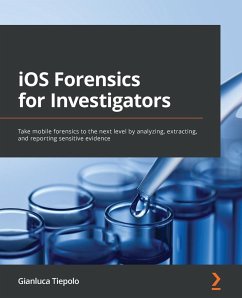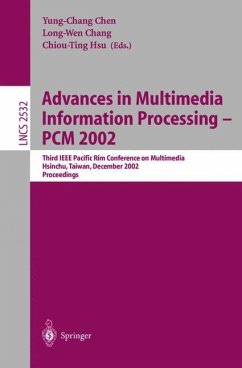
Advances in Digital Forensics III
Versandkostenfrei!
Versandfertig in 6-10 Tagen
76,99 €
inkl. MwSt.

PAYBACK Punkte
38 °P sammeln!
In 2006, the Federal Bureau of Investigation (FBI) processed more than two petabytes of digital evidence; in 2007, the volume of digital evidence processed will exceed four petabytes. Electronic devices are becoming smaller and more diverse; memory capacities are increasing according to Moore's Law; distributed networks are growing massively in size and scale. As society embraces new technologies and applications with gusto, digital information will become even more pervasive. Digital investigations already involve searching for the proverbial nee dle in the haystack. In five years, possibly s...
In 2006, the Federal Bureau of Investigation (FBI) processed more than two petabytes of digital evidence; in 2007, the volume of digital evidence processed will exceed four petabytes. Electronic devices are becoming smaller and more diverse; memory capacities are increasing according to Moore's Law; distributed networks are growing massively in size and scale. As society embraces new technologies and applications with gusto, digital information will become even more pervasive. Digital investigations already involve searching for the proverbial nee dle in the haystack. In five years, possibly sooner, investigators will have to find the one needle in unimaginably large stacks of needles. How will the FBI approach digital investigations of the future? How will state and local law enforcement agents cope? Digital forensics - the scientific discipline focused on the acquisition, preservation, examination, analysis and presentation of digital evidence - will have to provide solutions. The digital forensics research com munity must initiate serious eff'orts to develop the next generation of algorithms, procedures and tools that will be desperately needed. This book. Advances in Digital Forensics III^ is the third volume in the annual series produced by the IFIP Working Group 11.9 on Dig ital Forensics, an international community of scientists, engineers and practitioners dedicated to advancing the state of the art of research and practice in the emerging discipHne of digital forensics. The book presents original research results and innovative applications in digital forensics.














